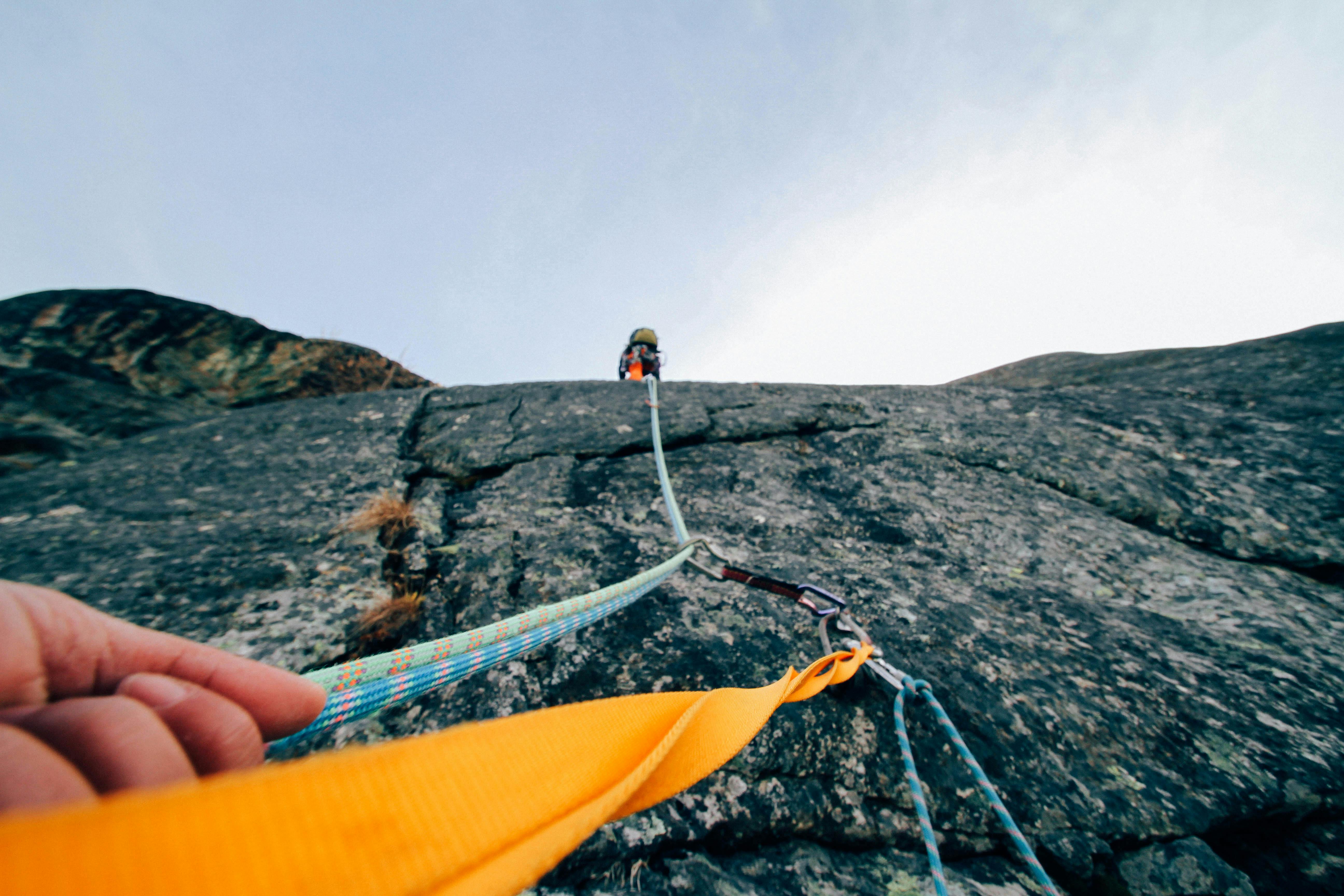
Outfielder’s Crow-Hop Baseball
One of the most misunderstood and poorly executed moves is the Crow-Hop. This move used correctly by outfielders will improve the accuracy and power of throws. So what is a Crow-Hop? Basically, it’s a move the player executes to provide balance and throwing momentum after the catch. The catch can be on ground balls or fly balls, but the player must use the Crow-Hop correctly to give him the best chance of making good shots. Balance is the goal and the key to a good field game.
The raven-jump
The following sequence is performed in one fluid motion. After catching the ground ball, the outfielder should drive off the front knee and replace the front foot with the back foot. The best way to do this is to rise off the ground, lift your back knee first, then your front knee, and put your back foot roughly where your front foot was. When done correctly, front/rear knee lifts and front/rear foot swaps happen quickly. While lifting and repositioning, the player must also rotate their torso and hips so that the shoulder of the glove is pointed toward the target. This movement is called Crow-Hop.
The Crow-Hop is a move that puts the player in the best position to throw the ball. The outfielder is creating balance, aligning their shoulders with the target, and loading their throwing (back) leg for the throw. Loading the back leg (on the throwing side) is a term used to describe the start of the throwing motion. Simply put, it means that most of the player’s weight is on their back leg. Majority means more than 50 percent and less than 100 percent. Some instructors like to point out the exact percentage, but my experience with thousands of players tells me that it’s a little different for each player. The average weight distribution is about 80-20 between the front and back legs.
Like most sports, including baseball, a player must move in one direction in order to better move in the opposite direction. Both batters and pitchers do this too. It is a mechanism for balance and body energy. Some players exaggerate the chant by raising their knees very high, almost like a marching band. Other players drag the rear leg into a bad or “short” position, with the rear leg never being placed fully under the body. Neither of these methods is correct.
Proper technique is to raise the knee high enough for the player’s rear leg to support the body. This creates balance and good throws. When outfielders get really good at the Crow-Hop technique, it looks even and smooth.
Caution: Sliding, Cha-Cha and Sliding
Many players, including myself in my youth, attempt to crow-hop without clearly replacing one foot with the other. They simply slide the back foot in, leaving it short to replace the front foot (glove side). First-hand experience shows that this results in poor balance and poor casting. Once I learned to lift my knees and get my throwing leg under my body, my balance and throws were consistently good. Figure 2-6 illustrates the incorrect sliding crow jump. You can see that the outfielder has not loaded his back leg, he is too stretched out and off balance. It is very likely that this release will be poor.
A common Sliding Crow-Hop situation occurs after your back leg has slid out without reaching full balance. The player’s brain tells him that he is off balance and he tries to correct it by quickly repositioning his rear (throwing side) leg. Your front leg is still in the air while your back leg is pumping up and down. This makes it look like he is in a jumper. He swings his back leg two or three times to try to balance himself, and all the while his momentum carries him forward, so he rarely balances completely.
Another incorrect variation of crow-hop is what I call Babe Ruth Cha-Cha. The Babe would move up in the batter’s box to hit a curveball before he curved. He did this by moving his back foot behind his front foot, then striding to hit the ball. Many slow pitch softball hitters also do this. Again, you see that the player is unbalanced. He is also moving parallel to the target, taking his momentum away from the target. Arm strain and poor throws are sure to result. Many players use the Cha-Cha move to twist their upper body to throw. While the move aligns the player’s shoulders with the target, it also reduces balance and momentum.
The Gliding Crow-Hop looks like a scissors kick in the air, as if a ballet dancer is fielding the ball. The player’s knees do not rise; instead, he jumps up, brings both legs straight together, and then lunges with the front leg (glove side) while the throwing leg touches the ground. To most inexperienced observers, this looks pretty good. But sliding has a very high chance of throwing the player off balance. Most of the time, the player’s momentum moves so fast that he doesn’t allow himself to properly load his back leg for the throw. The Gliding Crow-Hop also doesn’t allow the outfielder’s back leg to fully charge. It is so unbalanced that many times it falls to the ground after launch.
I hope this helps players and coaches learn the correct and often incorrect ways to use the Crow-Hop in the outfield. You’ll be amazed at the improvement in your fielding and shooting by correctly executing this critical move. Thank you for reading!